If you were obsessed with “Serial” and currently can’t stop talking about “The Jinx,” then congratulations: you are officially in love with tales of true crime. To get over Adnan Syed’s case and survive the weeks in between installments of the Robert Durst mini-series, we’ve plucked the best of the genre from our Netflix roundups. For your gruesomely voyeuristic pleasure, here are the best true crime documentaries you can stream right now.
“Aileen: Life and Death of a Serial Killer”
What We Said Earlier: “Through the story of Aileen Wournos (the woman understood to be ‘America’s first female serial killer’), ‘Aileen’ dissects a triptych of the issues surrounding its primary subject’s prosecution. It casts light on the way the stories of salacious criminals are sold to the press, the way both the public and court system digest a female murderer, and the chilling lack of remorse that defines serial killers, gender stereotypes aside.”
What We’ll Add: “Aileen” is really the perfect complement to Robert Durst’s story. Though the documentary and fictionalization (“Monster”) don’t share a director like “The Jinx” and “All Good Things” (Andrew Jarecki), it’s interesting to analyze the way dramatization works across the two genres. We don’t seem to get the full truth in either.
“Cropsey”
What We Said Earlier: “The personal connection that directors Barbara Brancaccio and Joshua Zeman have to the story at the center of ‘Cropsey’ makes the 2009 documentary haunting in a way that fictionalized scary movies could never compete with. Growing up in Staten Island, the two spent childhood terrified of an urban legend known only as Cropsey (from the local slang for ‘maniac’). When the story was tied to the very real cases of missing children, the nightmarish figure was lost in an intersection of myth and genuine danger that only grows more horrifying as they are parsed.”
What We’ll Add: “Cropsey” is more thrilling than the Aileen Reynolds (“Monster”) and Robert Durst (“All Good Things”) artistic interpretations combined. In terms of “Serial” and “The Jinx,” it adds an almost mythological element to the experience of living among an alleged killer (or being the friend of one of their victims).
“The Impostor” 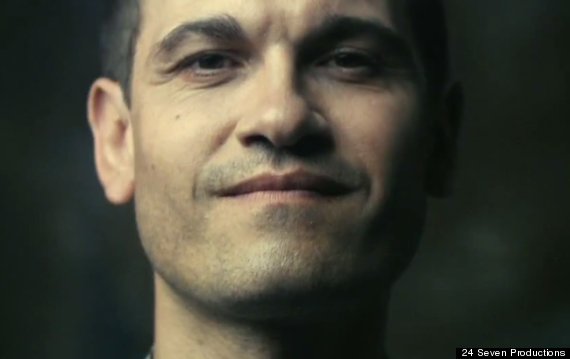
What We Said Earlier: “Essentially this one is a real-life version of ‘The Orphan,’ except with a French man impersonating a Texas boy who has gone missing. It is perhaps the closest the documentary format can get to being truly scary.”
What We’ll Add: “The Impostor” is similar to “Cropsey” in its suspenseful working of non-fiction. Counterintuitively, the reenactments both add to and retract from that element of fear (as they grow increasingly hokey while story progresses). Watching Bart Layton’s look at con artist Frederic Bourdin is still thrilling, though. And it will make “The Jinx” reenactments even more impressive in retrospect.
“Dear Zachary” 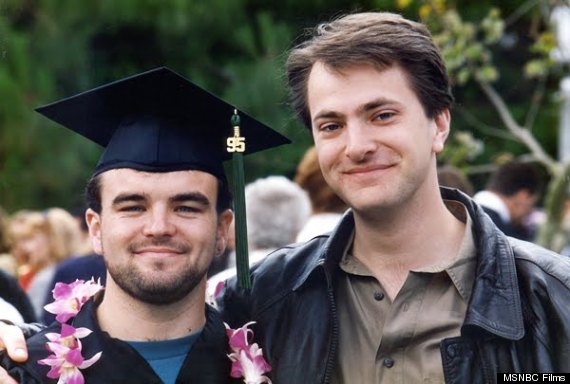
What We Said Earlier: “A good way to test if someone has a soul is to make sure they weep violently when watching ‘Dear Zachary.’ Seriously, you will be racked with sobs by the end. But, beyond the emotional personal story upon which it is based, the film places a critical spotlight on an intensely-flawed child care system.”
What We’ll Add: It really cannot be emphasized enough: “Dear Zachary” will make you feel the feelings. But it’s the details of the Shirley Turner case that place it on this list. If you’re unfamiliar, don’t spoil things for yourself. The sobs will rack your body more forcefully if you follow the reveals along with director Kurt Kuenne.
“Tabloid”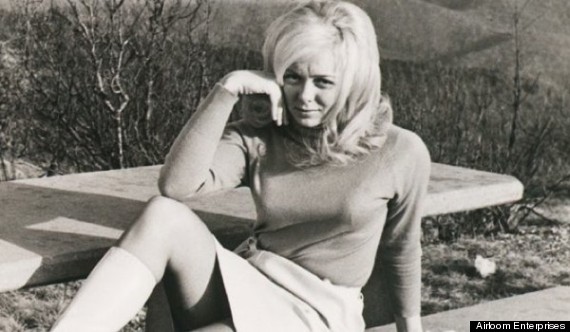
What We Said Earlier: “With ‘Tabloid,’ Errol Morris revisits the story of British tabloid sensation Joyce McKinney, a former beauty queen accused of kidnapping a Mormon and making him her slave. ‘Thirty years before the antics of Britney Spears and Lindsay Lohan,’ she makes the modern day scandal look like child’s play.”
What We’ll Add: “Tabloid” makes for an intriguing look at the sensationalization of murders in the public eye. Think of it as an in-depth analysis of what Robert Durst was hiding from when he disguised himself as a mute woman and fled to Texas.
“The Central Park Five” 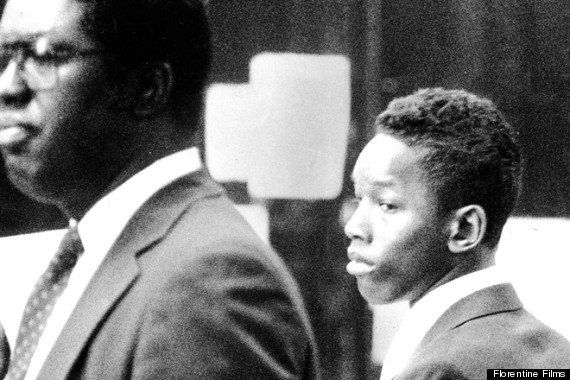
What We Said Earlier: “‘The Central Park Five’ takes on the troublingly powerful impact that media can have on public perception. The narrative tracks the five boys who were wrongfully convicted in the notorious 1989 rape of a jogger in Central Park, exposing flaws in the criminal justice system and effect of trial by mob.”
What We’ll Add: This one is an interesting alternative to “Tabloid.” It also turns on the sensationalization of crimes via the media, but focuses on mob mentality rather than the voyeuristic impact of celebrity.
“Shenandoah”
What We Said Earlier: “In depicting the story of four high school boys who murdered a Mexican immigrant, ‘Shenandoah’ dissects the mob mentality of the small town in which their atrocity took place. Whether or not you were familiar with this case when it ran through the news, the objective here is to take on a very specific form of racism, told through the disturbing reality of American life for those who don’t fit into the mold of ‘tradition.'”
What We’ll Add: The focus here is less so on the crime than the fallout within a small town. It’s interesting when juxtaposed with the impact of the “Serial” case on Woodlawn, Maryland. (For an outsider’s look at the locality element there, Benjamin Wallace-Wells wrote a great piece for New York magazine.)
“Crazy Love”
What We Said Earlier: “Dan Klores doesn’t do anything especially innovative with his 2007 documentary. The talking heads format he employs was one of the biggest criticisms upon release. Although, anything else might have distracted from the already overwhelming subjects of ‘Crazy Love.’ Before and (somehow) after he threw acid in her face, Burt Pugach and Linda Riss participated in what is easily one of the most absurd love stories of the 20th century. If their relationship wasn’t documented across various newspapers and court documents, it would seem too over-the-top for even a daytime drama.”
What We’ll Add: If “The Jinx” didn’t already look like prestige television, “Crazy Love” will make it seem vaguely high brow. The cover photo for this on Netflix makes it look like pulpy trash, and maybe because the story is the stuff of soap operatic legend. Again, not much going on by way of format, but the facts of the Pugach-Riss narrative are more than enough to make this worth the watch.
“Talhotblond”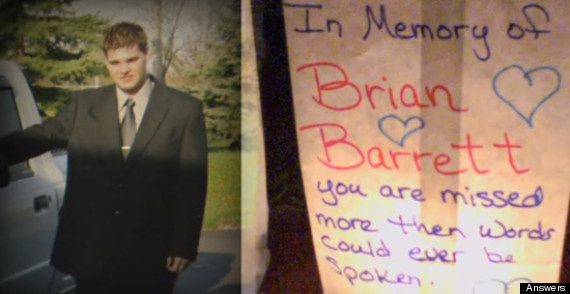
What We Said Earlier: “‘Talhotblond’ explores the complex consequences of virtual relationships through one specific Internet love triangle, which ends in murder and incarceration. There are moments of somewhat corny chat recreation, but the complete picture of the person behind the titular screen name is chilling enough to forgive those phoned-in reenactments.”
What We’ll Add: Kind of like “Crazy Love,” the execution here is pretty awful, but the true story is still worth the investment. “Talhotblond” makes for a look at what drives people to kill in moments of passion, though the machinations of this story involve a version of deception we don’t see in the “Serial” or “The Jinx.”
“Into the Abyss” 
What We Said Earlier: “[Werner Herzog’s] ‘Into the Abyss’ examines why people kill, and whether capital punishment is ever warranted. In conversations with inmate Michael Perry and those affected by his crime, Herzog delves deep into the state of the the prison system, for an unflinching look at life, death and the value of a humanity, as impacted by a search for justice.”
What We’ll Add: This is a closer alignment for “Serial,” since we spend our time with Adnan Syed in prison. “Into the Abyss” is more a look at the function of correctional facilities after the verdict — almost like an alternate ending epilogue for all true crime stories that end in jail time.







